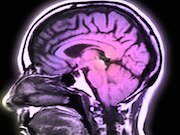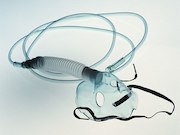Neurology
Home Neurology
Prevalence of Fetal Alcohol Syndrome Disorders Estimated
Approximate prevalence among first-graders in four U.S. communities varies from 1.1 to 5.0 percent
Humanities Exposure Positively Impacts Medical Students
Findings may influence future medical school recruitment, curricula
Mortality Risk Similar for Career Versus Limited NFL Participation
No significantly increased adjusted mortality risk seen for career players relative to replacements
TTFields Tied to Improved Survival in Glioblastoma Patients
No negative influence on health-related quality of life apart from more itchy skin, which was expected
January 2018 Briefing – Neurology
Here are what the editors at HealthDay consider to be the most important developments in Neurology for January 2018. This roundup includes the latest...
Deep Brain Stimulation May Be Promising Alzheimer’s Treatment
DBS at ventral capsule/ventral striatum linked to less decline on Clinical Dementia Rating-Sum of Boxes
Migraine Linked to Increased Risk of Cardiovascular Disease
Increased risks of myocardial infarction, ischemic and hemorrhagic stroke, VTE, A-fib, and flutter
Characteristics of Asymptomatic Paroxysmal A-Fib Identified
All-cause mortality significantly higher in asymptomatic versus symptomatic patients with PAF
TBI Linked to Increased Dementia Risk Over Several Years
Strongest risk in first year after traumatic brain injury, but persists at more than 30 years after TBI
Non-Sleep Specialists May Offer Similar Quality Sleep Apnea Care
Findings based on review comparing OSA care by non-sleep specialists vs. sleep specialist physicians



















